

Age: 41
Sex: male
Crime: murder
Date Of Execution: 23 Mar 1922
Crime Location: Lapstone Cottage, Pen-groes-oped, Pontypool
Execution Place: Usk
Method: hanging
Executioner: John Ellis
Source: http://www.capitalpunishmentuk.org/
William Sullivan was convicted of the murder of 48-year-old Margaret Thomas and sentenced to death.
He battered her to death at Lapstone Cottage, Pen-groes-oped, near Pontypool on 26 October 1921.
William Sullivan had been a tramp and was an ex-soldier. He appeared to have done little work for several months, having tramped about the Pontypool and Abergavenny district from one workhouse to another and sleeping out in brickyards and coke ovens.
Margaret Thomas had been married to a labourer and they had had lived at Lapstone Cottage near the Brecon and Newport Canal.
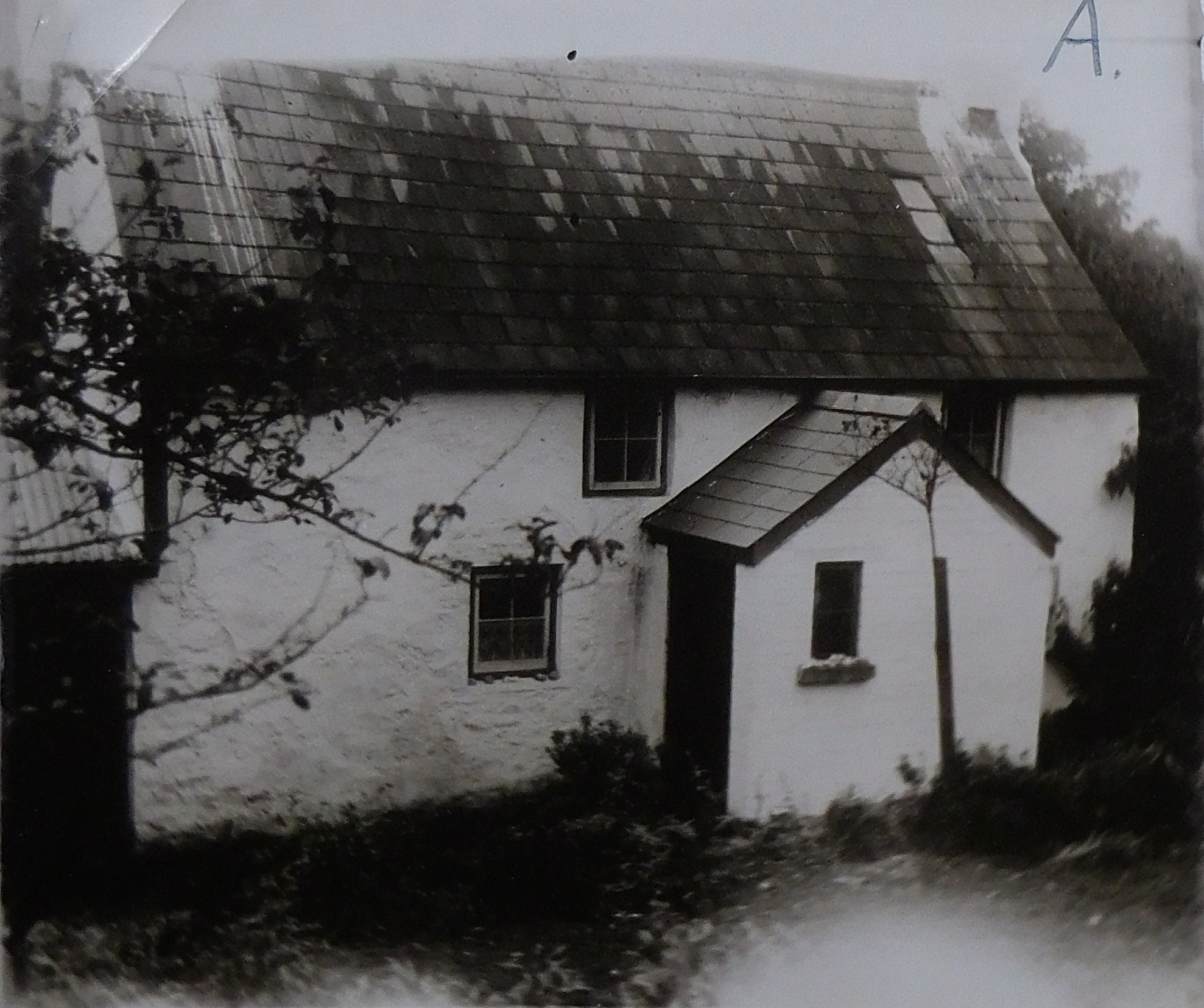
Her husband said that he got up at 6am and went into the back kitchen where he washed and wiped and after a time called Margaret Thomas who came down and made breakfast which they ate together. He said that after breakfast at about 6.40am he left for work at Ffawydden Quarry on the mountain. He said that it was about a mile and a half away and that he got there about 7.40am and spent the day working.
He said that he arrived back home at about 5.30pm, but noted that he only guessed the time he arrived as he didn't look at his watch. He noted that although it took him about an hour to get to work in the morning, it only took him about half-an-hour to get home because it was all uphill on the way there and he was an old man getting on 60.
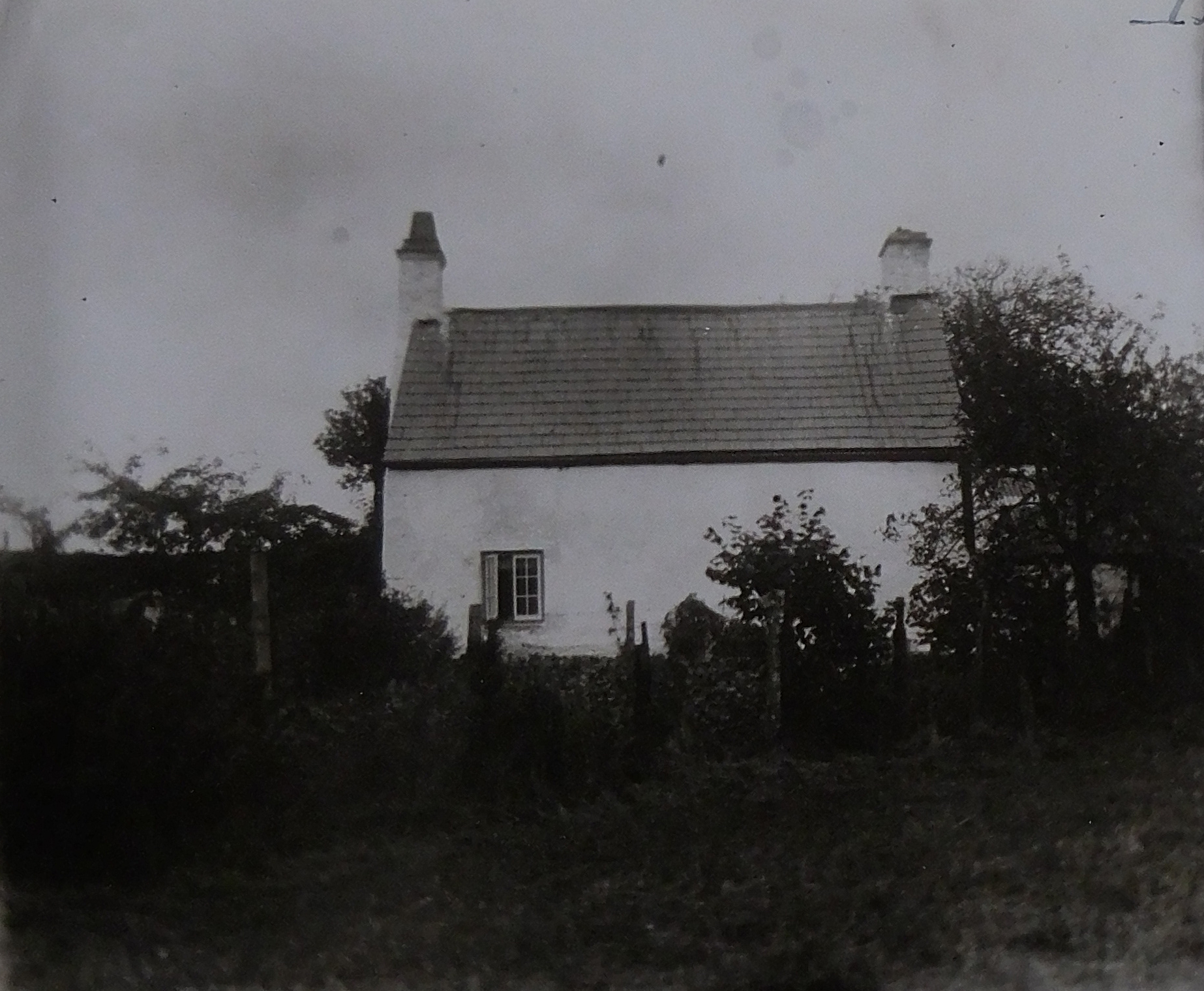
However, he said that when he got back that he found the door locked. He said that he looked in the keyhole and found there was no key in it, and so he waited, thinking that she had gone for water and milk as she had often done in the past.
He said that he then went down the garden to the pigs and noticed that they hadn't been fed. He said that he then went back to the cottage and found that the door was only on the latch, which was unusual as it was usually locked when the house was left. He said that he then went on feeding the pigs as they looked hungry and empty and that after that he noticed that the bedroom window was open, which drew his attention as if she had gone out she would have usually shut it.
He also said he noticed that the downstairs blinds were down, noting that he knew Margaret Thomson would pull them down if she went out to work, but saying that she would always pull them up when she got back and would not pull them back down if she was only going out for water and milk.
He said that he then went to see a neighbour to ask whether she had seen her, but she said she hadn't and he returned to the cottage, but could still see no sign of her, and by then it was starting to get dark and he got a light and went to the coal shed and found that it was open, and then noticed that the fowls had not been released that day from the fowl house.
He said that all those things made him uneasy and so he got a ladder and placed it up to the window and effected an entrance.
He said that the first thing he noticed was that clothes had been pulled out of a little tin box belonging to Margaret Thomson.
He said that he then went downstairs and that on looking into the kitchen saw something covered up with a quilt, right about where he had left her having breakfast, between the window and the fireplace and that when he got to it he saw her little legs. He said that he didn't touch her, but instead ran back up the stairs and climbed back out the window and down the ladder and ran up the road and told a woman there that someone had killed his wife.
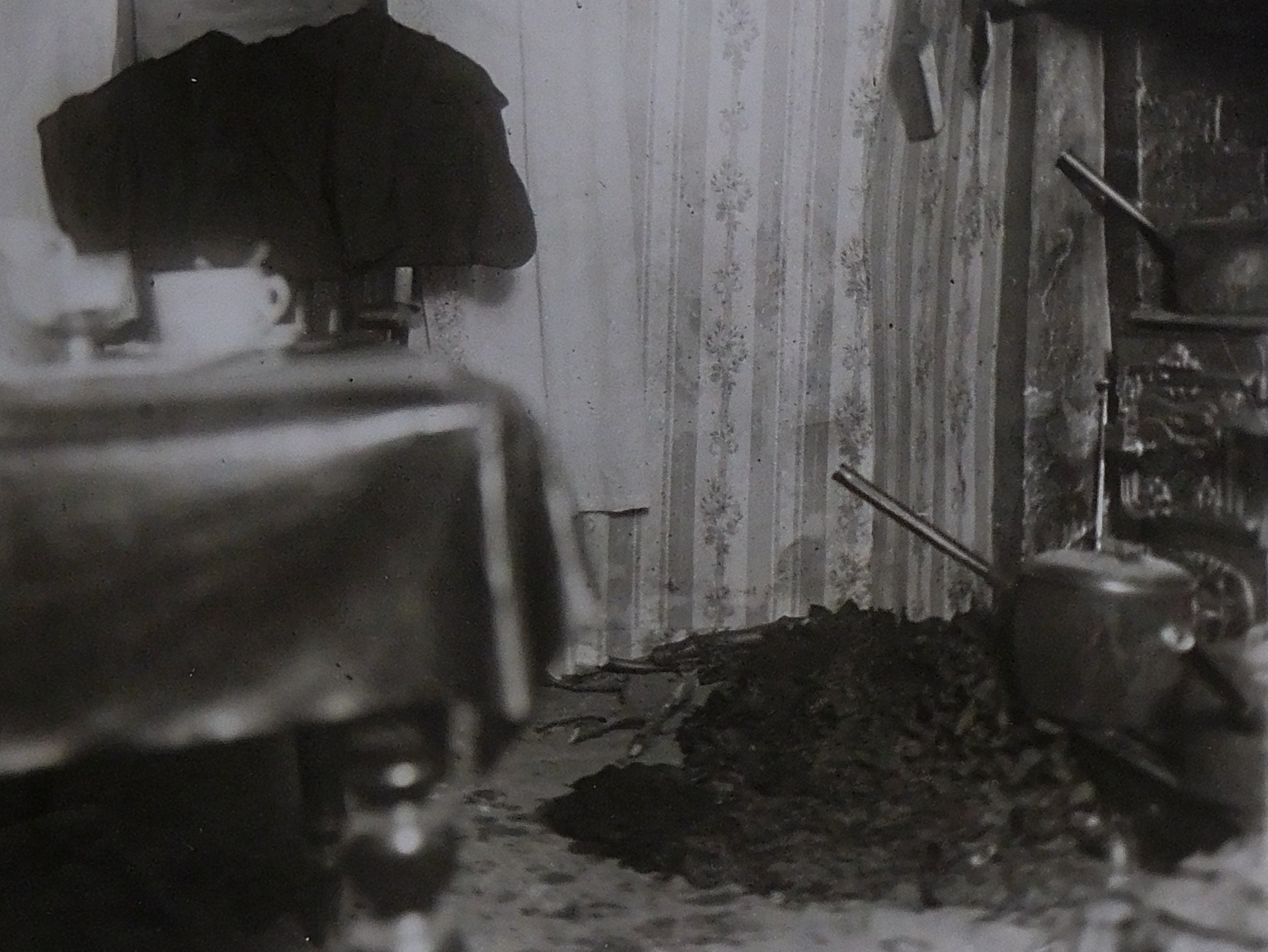
At the inquest, when the Coroner asked him how he knew Margaret Thomson was dead, he replied:
The Coroner then said:
To which her husband replied:
When the Coroner asked:
Margaret Thomson's husband said:
After the alarm was raised a neighbour came over and burst the door open and found that the kitchen had been ransacked. the kitchen things were still on the table and Margaret Thomson's cup of tea was still on the table, half full.
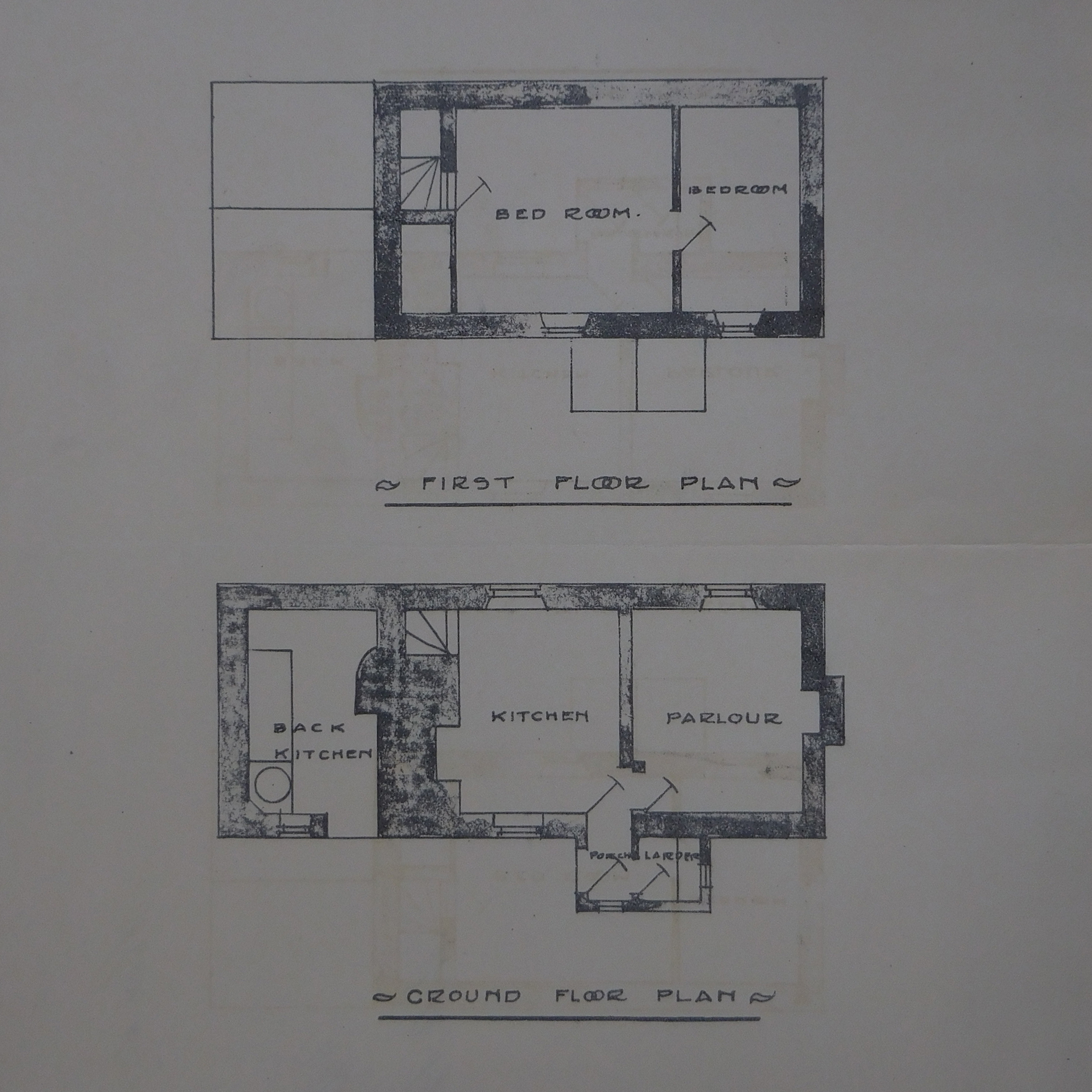
When the police arrived they found Margaret Thomas dead and a piece of iron about 14in long with a rivetted nut on the end lying just by her left hand.
When Margaret Thomson's husband was asked to say whether anything was missing he noted:
Her husband said that he thought that his wife had had £4 in Treasury notes the night before, but and when she was found only three Treasury notes were found in her jacket pocket in another room.
When he was asked whether there was anything there that had not belonged to him, he said that he found an old tin can, which he called a 'drumming-up can' or 'billy-can', it being an old tin with new wire, and then the next day he found a dirty handkerchief in the bedroom and that two days later in the other rooms he found an old pair of boots, foot rags, and some sort of underpants which were greasy and dirty as though they had been worn for about two years.
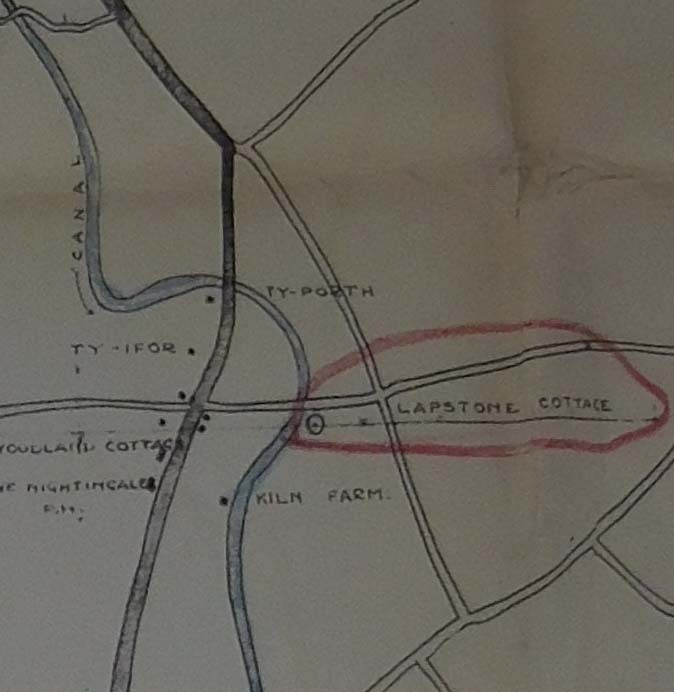
When Margaret Thomas's husband was asked about whether they had seen anyone about the cottage he said that Margaret Thomas had told him of a man that she had seen looking in their coalhouse for sticks and a neighbour said that Margaret Thomson had told her a similar story, saying that she had told her that she had seen him a couple of times and that she also saw him herself in the woodshed, and described him as a big vicious looking man but that she had told him to be off and he had gone.
When Margaret Thomas's husband was shown the iron bar with bolt, he said:
The doctor that examined Margaret Thomas, said that he thought that she had died about an hour after her last meal and that her death was due to a fractured skull and laceration of the brain.
He said that from the position of the wounds that he thought Margaret Thomas had been standing at the table with the door to her right and behind her and that her assailant was probably behind her, coming from the door. He said that he thought that as she then turned her head to see who it was that she was probably struck on the temple and that the force of the blow would have knocked her down and paralysed her left side that that she had probably fallen against the fender and broken her jaw and that the rest of her injuries had been inflicted as she was on the ground.
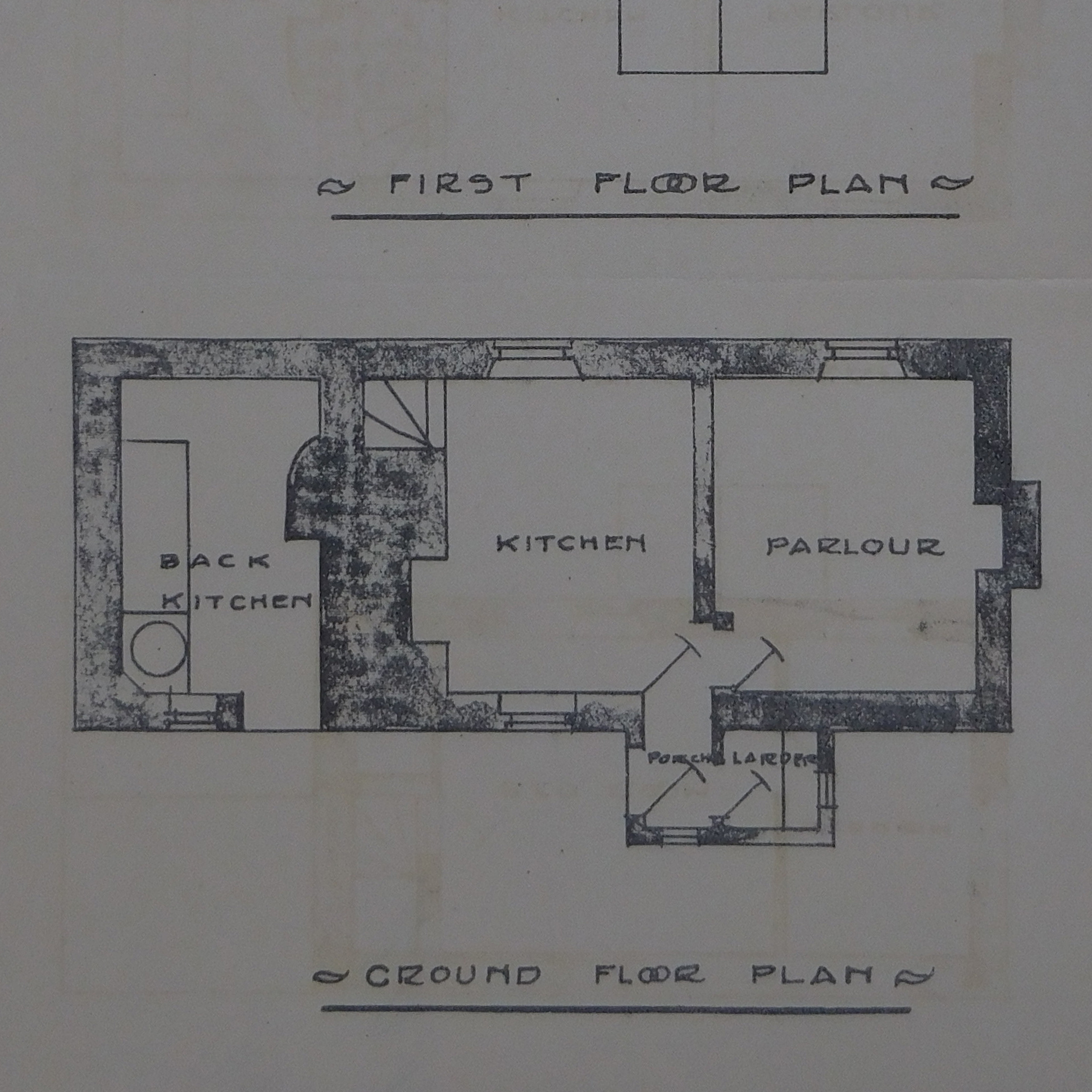
A police constable said that he found a lot of hay on the canal bank la[id out towards the butt of a tree and that it had apparently been slept on recently. They also found a piece of handkerchief there which was apparently part of the one found in the bedroom. He noted that anyone lying on the hay would have been able to see along the canal both ways as well as the cottage.
After hearing the evidence, a verdict of murder by some person or persons unknown was returned and it was thought that it would remain an unsolved murder.
However, on 13 November 1921 William Sullivan was arrested. It was heard that he had tried to seel a woman at Pontypool a blue serge jacket and boots on 11 November 1921. However, she had had no money, but he left the things at her house and returned later that evening when she bought the items for 4/6. He later returned on 13 November 1921 and sold her the waistcoat and trousers for the blue serge suit for 2/6.
However, the woman, after showing the items to her husband took them to the police after which they arrested William Sullivan.
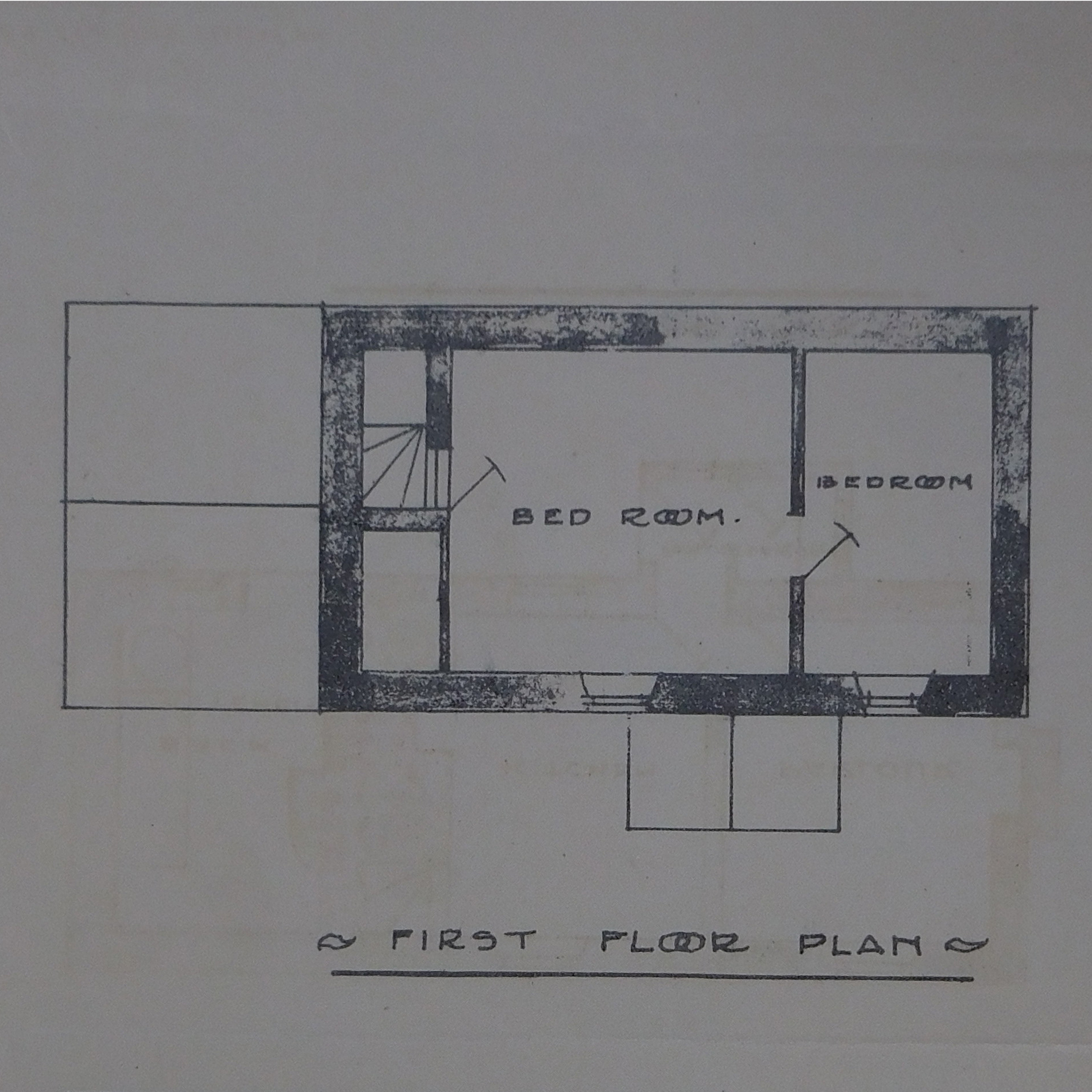
It was heard that a milk seller who had lived at Elm House, about two miles down the canal from Lapstone Cottage, had told the police that he had seen William Sullivan five days before the murder and on the canal bank between 4pm and 5pm, 21 October 1921. he said that William Sullivan had asked him for some water and had held out a tin which he later identified as the one found at Lapstone Cottage. He had noticed new wires on it and had as such been able to pick it out from three other tins. He said that he also noticed his boots, which had been too long and turned up at the toes.
He said that he also saw William Sullivan the following day, 22 October as well as on the day of the murder, 26 October 1921 at which time they had said 'Good morning'. At the time he said that William Sullivan had been going in the direction of Abergavenny, that being towards Lapstone Cottage, and wearing his overcoat.
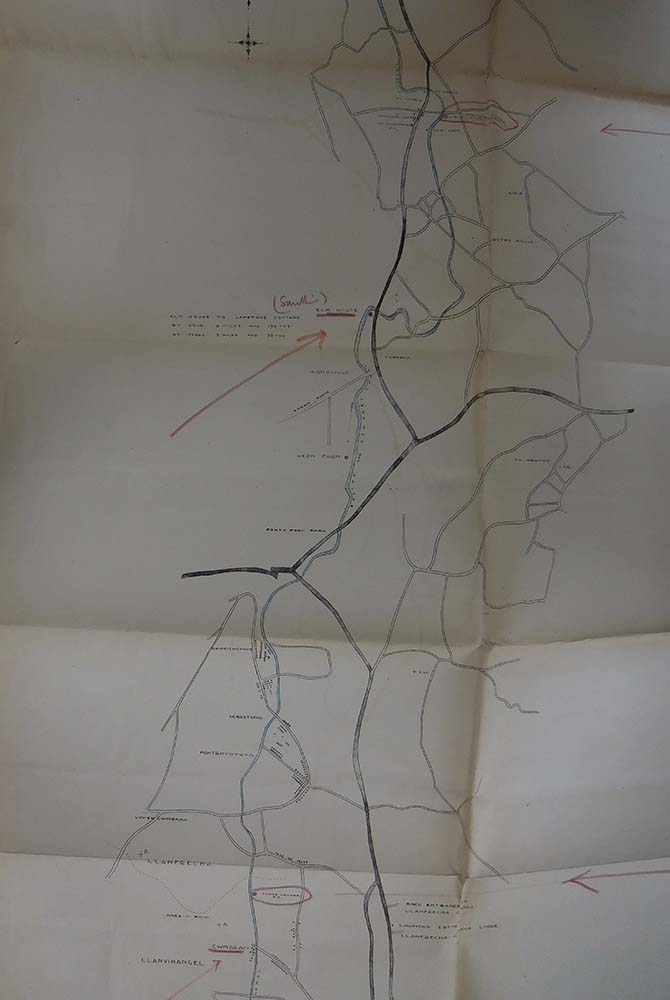
The milk seller also later identified William Sullivan from eight other men and picked out his boots from eight other pairs.
The milk seller's wife also said that she had seen her husband talking to William Sullivan on 21 October 1921, and saw him herself on 24 October and again on the morning of 26 October 1921 between 8.30am and 9am, coming from the direction of Lapstone Cottage and walking very quickly towards Cwmbran. she also picked out and identified William Sullivan and his boots.
It was further heard that about 12pm midday, on 26 October 1921 that William Sullivan had come to the Forge Hammer Inn at Cwmbran, about 9 miles down the canal from Lapstone Cottage where he had a drink and soon after brought his brother and brother-in-law. who he stood several drinks. He was said to have bought about nine pints, paying about 6 or 7 shillings. He had also changed a Treasury note, either a 10/- or £1 note.
It was thought that Margaret Thomas's purse had probably contained a 10/- note and silver.
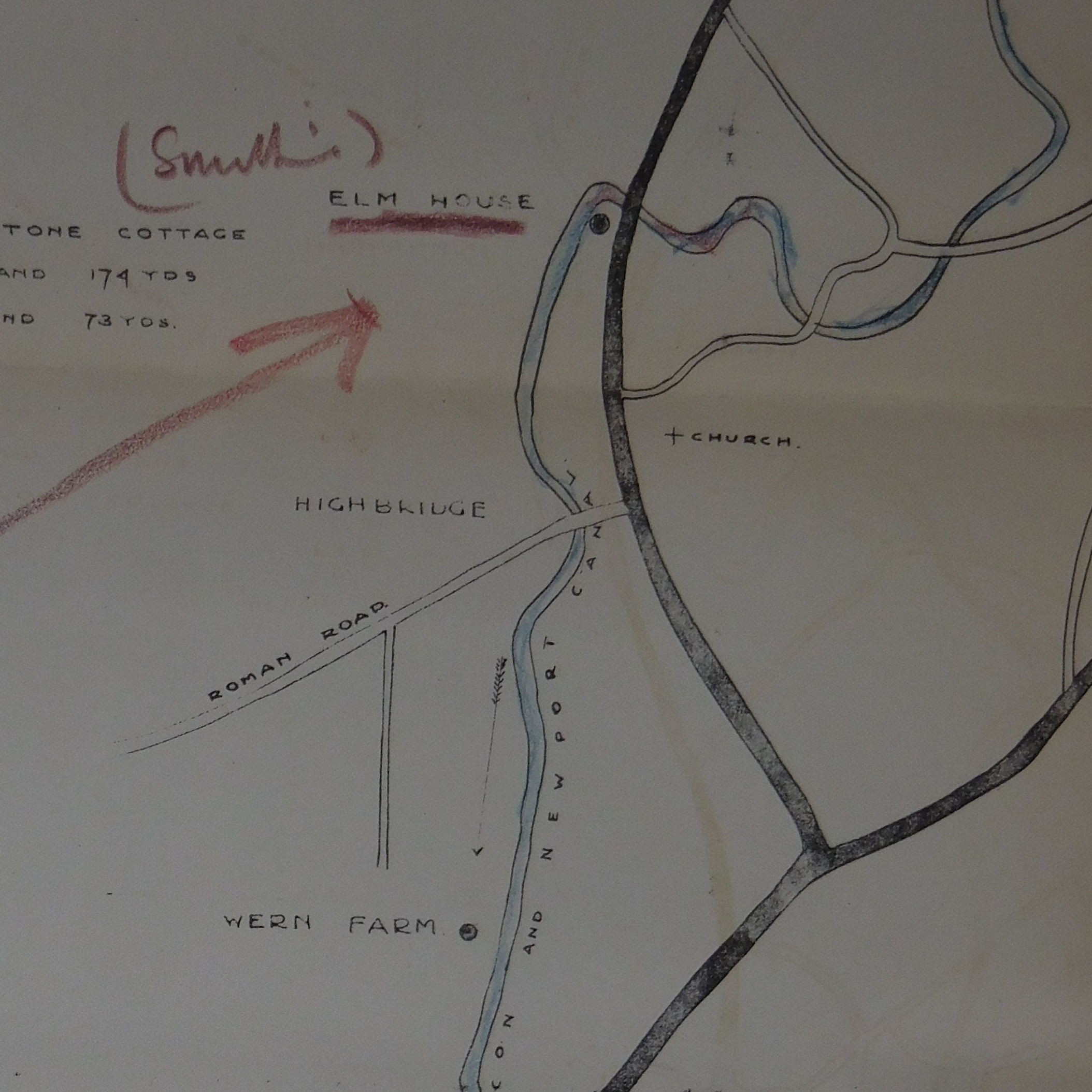
William Sullivan then went to the house of his brother and brother-in-law where he stayed the night. They later said that they were sure that he had had no overcoat with him, with his brother-in-law's wife stating that she thought he had been wearing a navy blue suit.
It was noted that it was thought that his overcoat would have probably been bloodstained and that it was thought he might have sunk it in the canal.
Another witness, a length man on the canal said that on 25 October 1921 he remembered having seen William Sullivan on the tow path wearing a red and white handkerchief round his neck.
When William Sullivan was questioned, he told the police that on the night of 25 October 1925 that he had spent the night at Celynen coke ovens in the company of a certain tramp and that on the morning of 26 October, after walking some way with him, he parted a good long distance from Lapstone Cottage and went to Cwmbran. However, the tramp he referred to was produced at trial and denied that William Sullivan had been with him at the Celynen coke ovens on that night or that he had walked with him on the morning of 26 October.
William Sullivan also denied having sold either of the clothes or boots to the woman at Pontypool, however, she had seen him and bargained with him on two separate days and identified him confidently.
William Sullivan was convicted at Avonmouth Assizes with no recommendation to mercy. He appealed, but his appeal was rejected.
He was executed on 23 March 1922 at Usk.
see National Archives - ASSI 6/57/3, HO 144/1761/429541
see Southern Reporter - Thursday 17 November 1921
see Western Mail - Friday 11 November 1921
see Western Mail - Friday 28 October 1921 (pictures)
see Western Mail - Wednesday 02 November 1921